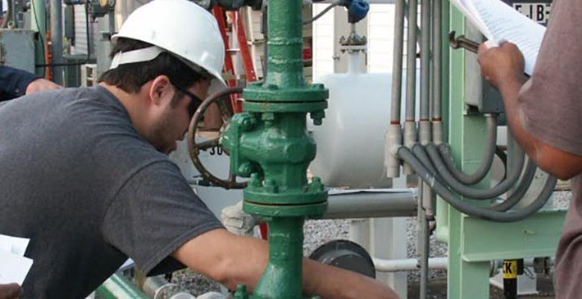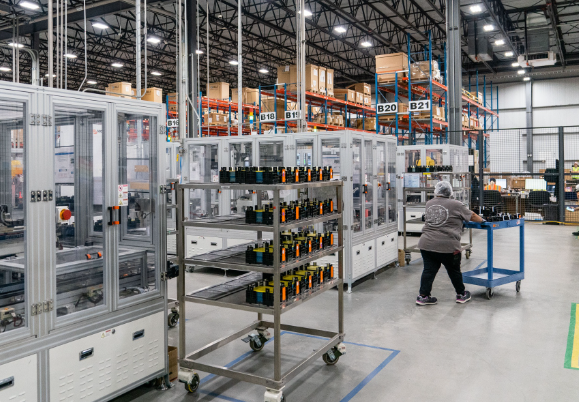In the realm of material handling and manufacturing, vacuum conveying emerges as a sophisticated and versatile technology which offers a seamless solution for transporting a myriad of materials. This article provides an insightful introduction to the fundamentals of vacuum conveying, delving into its applications and key considerations.

Understanding Vacuum Conveying Technology
At its core, vacuum conveying relies on the principle of creating a pressure differential to move materials from one point to another within a closed system. Unlike traditional conveying methods that utilise belts, rollers, or screws, vacuum conveying operates by creating a vacuum within a pipeline, compelling materials to move through the system.
This method is particularly adept at handling powders, granules, and other bulk materials with precision and efficiency. Vacuum conveyors are not only effective in transporting materials but also excel in preventing contamination, making them a preferred choice in industries such as pharmaceuticals, food processing, and chemicals.
Advantages and Considerations in Vacuum Conveying
According to Tech Flow, one notable advantage of vacuum conveying lies in its ability to transport materials without the need for physical contact, minimising the risk of product degradation or contamination.
Additionally, vacuum systems are inherently enclosed, reducing dust emissions and creating a cleaner working environment. The adaptability of vacuum conveyors to various material types and the customisation options available make them suitable for a wide range of applications.
However, the successful implementation of a vacuum conveyor system, such as the examples seen at https://www.aptech.uk.com/pneumatic-conveying-systems/vacuum-conveying/, requires a thorough understanding of the specific material properties, conveying distances, and the desired flow rate.

Adequate filtration systems must be in place to ensure the integrity of the conveyed materials and to prevent contamination of the conveying system. Furthermore, the design of the vacuum conveyor system must align with the layout and space constraints of the facility.



